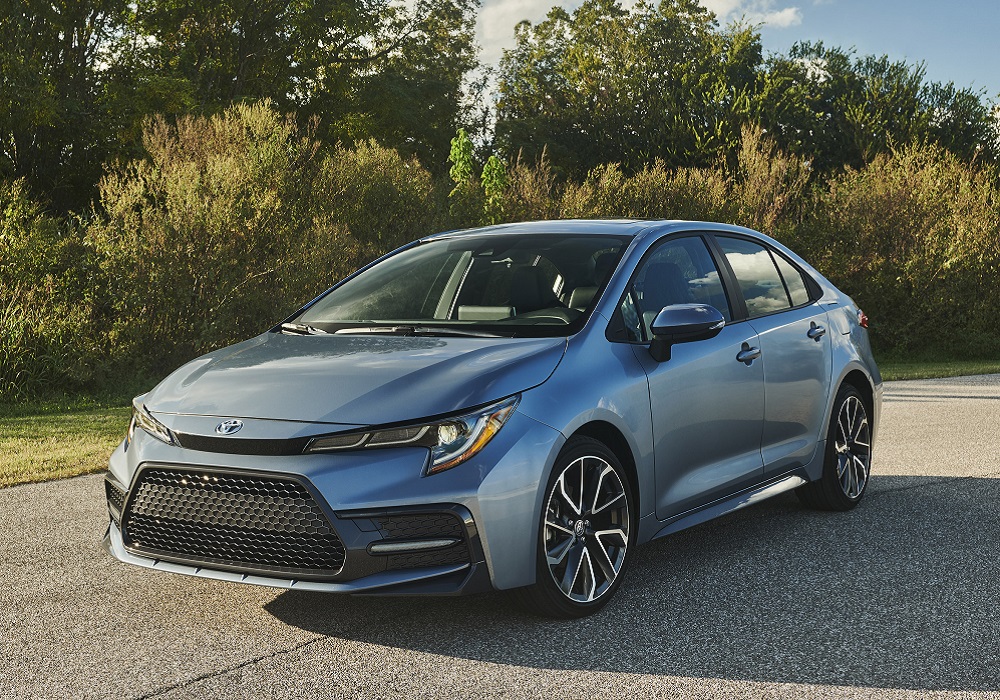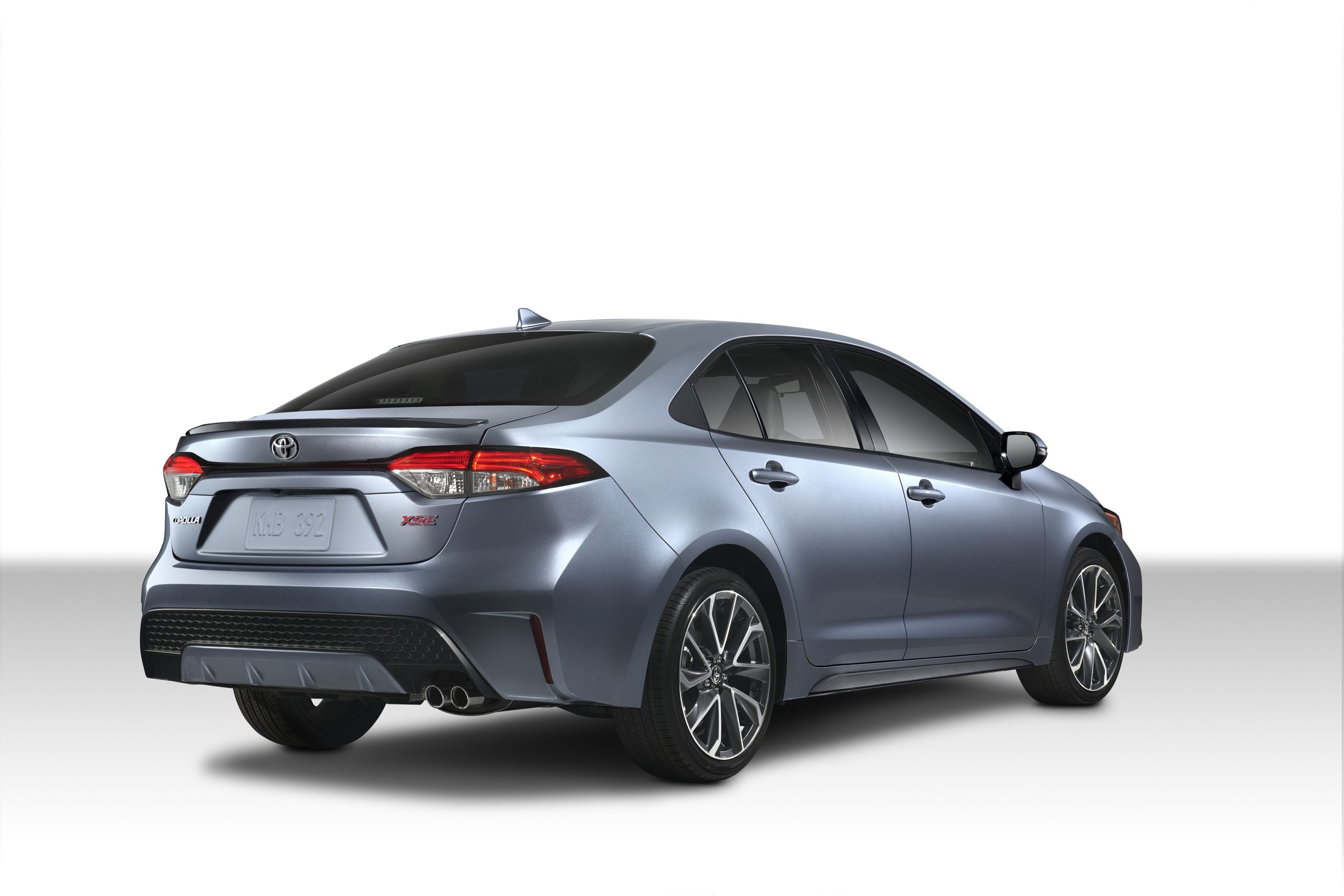The next-generation Corolla, like the Auris will be moving to a new platform that promises improvements on all fronts.
The world’s best-selling car and also one of the oldest in the industry is about to enter its 12th generation. Spy shots (like those at the end) show Toyota hard at work preparing the all-new Corolla. This will be more than a subtle evolution to the current model, taking into consideration that it will ride on Toyota New Global Architecture.

This digital project aims to look into the future for the immensely popular compact model, and the Auris hatchback is TNGA-based. This rendering shows what appears to be an Auris sedan, and it might not be far off.
Although the Corolla’s success is not directly related to its exterior design, Toyota may be able to attract more customers if the next version of the sedan looks something like this. Although beauty is always in the eyes of the beholder; we would love to see the 2020 Corolla look a lot like this.
We don’t know what the new prototype will look like, but the spy camera spotted several prototypes. Perhaps it will look like a smaller Camry or a sedan Auris. Our guess is just as good as yours. The interior is a similar story, as it was not captured on camera. However, the Auris that was unveiled in Geneva had all its windows covered to hide the cabin.

The TNGA underpinnings mentioned above should make the Corolla look better on all fronts. The Corolla will come with hybridized engines of 1.8-liter and 2.0-liter gasoline, if the Auris is any indication. The base Auris is powered by a 1.2-liter turbocharged engine, but it seems unlikely that such a small engine will be available in the U.S.-spec Corolla. The latter will be built in Huntsville, Alabama at a new factory worth $1.6 billion as part of a tie up with Mazda.
The new modular platform could allow for an increased footprint and weight loss. This will result in a spacious interior and improved fuel economy. Toyota’s latest infotainment system is also on the horizon.
Given that the Corolla will be arriving in 2020, logic suggests we will see the next generation of production metal sometime in 2019.